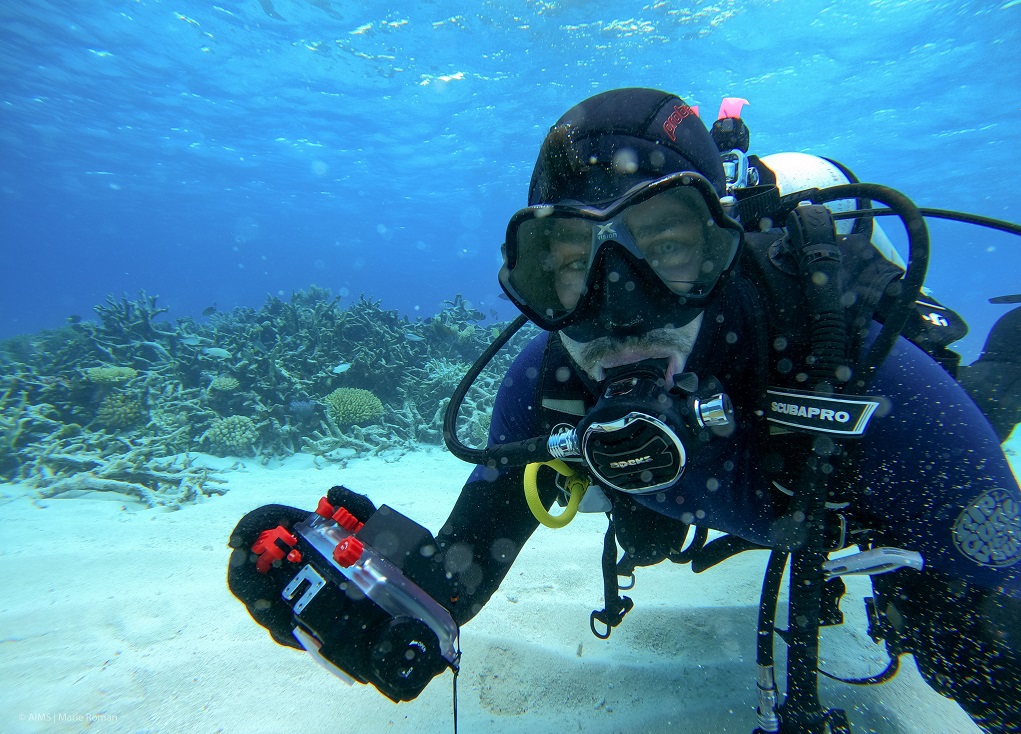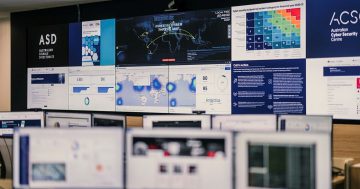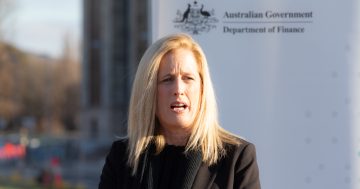
New technology is helping scientists to better inform policymakers about how best to protect the Great Barrier Reef. Photo: Marie Roman AIMS.
A strong environmental protection theme emerged as a focus of the AWS Summit in Canberra this week, bringing together public service, science and corporate leaders to discuss the applications of artificial intelligence and data storage.
With AI being increasingly embraced across all sectors, the Australian Public Service is leading the way in many conservation initiatives using groundbreaking technology.
The impacts across the Pacific region of bushfires, tsunamis, earthquakes, marine degradation and climate change effects have inspired new ways to predict, mitigate and recover from natural disasters.
From the protection of fauna habitation to the development of coastal communities, new technologies at the peak of innovation are being used to help government entities in their work.
The conference heard how CSIRO’s new Earth Analytics and Science Innovation platform has massively boosted the capacity to process and integrate large amounts of data with other geospatial information and models.
The technology, using AWS (Amazon Web Services) containers, can now supply digital data at a global scale.
The Australian Institute of Marine Science is using AI, machine learning, and advanced data analytics to quickly extract and share insights based on coral reef data and images anywhere in the world.
AIMS’s David Crossman described how coral reefs are incredibly diverse marine ecosystems, with a quarter of all marine species to be found in them.
“The Great Barrier Reef is massive. We can’t monitor all of the reef, but we can choose a representative sample,” he said.
Data and images from coral reefs have traditionally been manually analysed. And with different countries using different methodologies of collecting data, results have been inconsistent.
Not to mention how time-consuming manual methods are.
Now AIMS, in collaboration with eight other research institutions in the region and AWS, has developed ReefCloud to more rapidly collect, analyse and share marine data.
Deploying a portable hardware device with storage and computing power, allows secure edge computing devices to be installed in ocean locations where network connectivity is challengingly inconsistent.
This all has direct benefits for better understanding changes in the Great Barrier Reef.
“We are in a race against time. There is no undo or reset option for us to save the coral reefs,” Mr Crossman said.
“Once the window of opportunity is closed, there is no turning back.
“The amount of data that we can access and can collect is vast and will reimagine how we approach our research. The challenge lies in understanding and turning the data into actionable insights within a short time frame or in real time.
“We can now make sense of data sets in hours that previously would have taken our data teams months, enabling us to focus on what we do best.”
The technology provides 700 times faster processing of data at high resolution and with an 80% to 90% accuracy.
AI and data storage applications are not only proving beneficial to government bodies involved in environmental work, however.
The conference heard from the Australian Public Service Commission, Australian Bureau of Statistics, the Australian Tax Office, and some state-based health and services departments – about Cloud Academies used in the reskilling of staff, the rapid collection of census data, IT security, and service provision.
AWS Vice President Max Petersen said the new technologies were not only here to stay, but were constantly advancing in ways to protect environments, communities and countries.
“If it’s not incredibly apparent, we’re committed to the acceleration of the digital transformation and the use of the Cloud here in Australia and New Zealand because we see the great potential it provides,” he said.
“We also see the beneficial economic development that it provides. It spurs job creation, it spurs skills and new opportunities and education.”


















